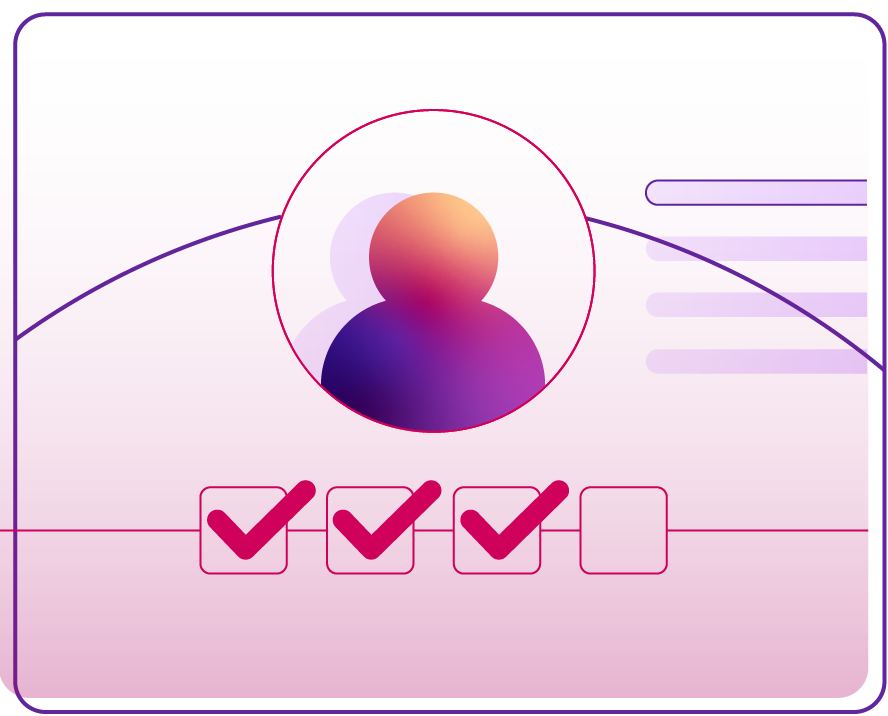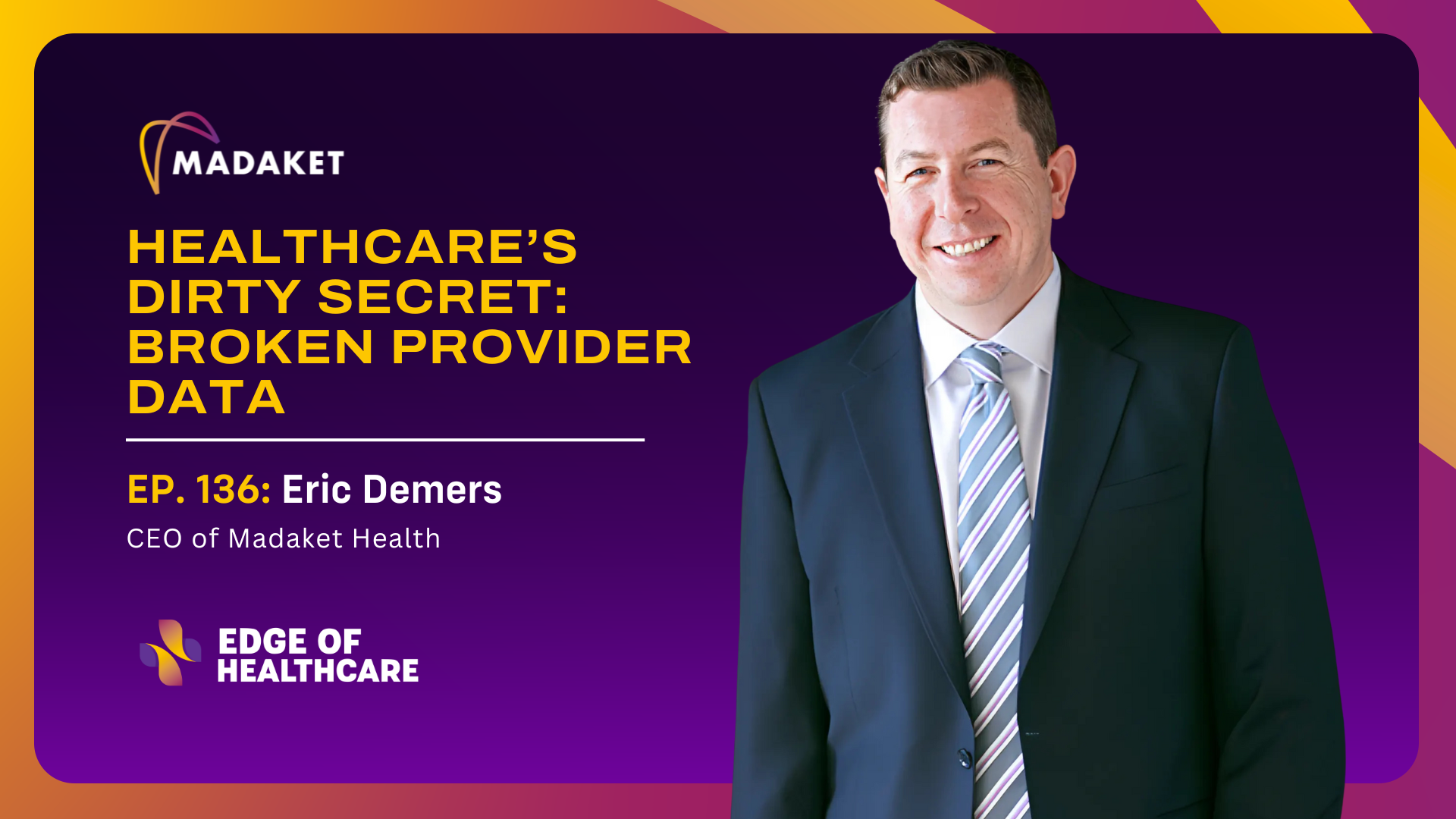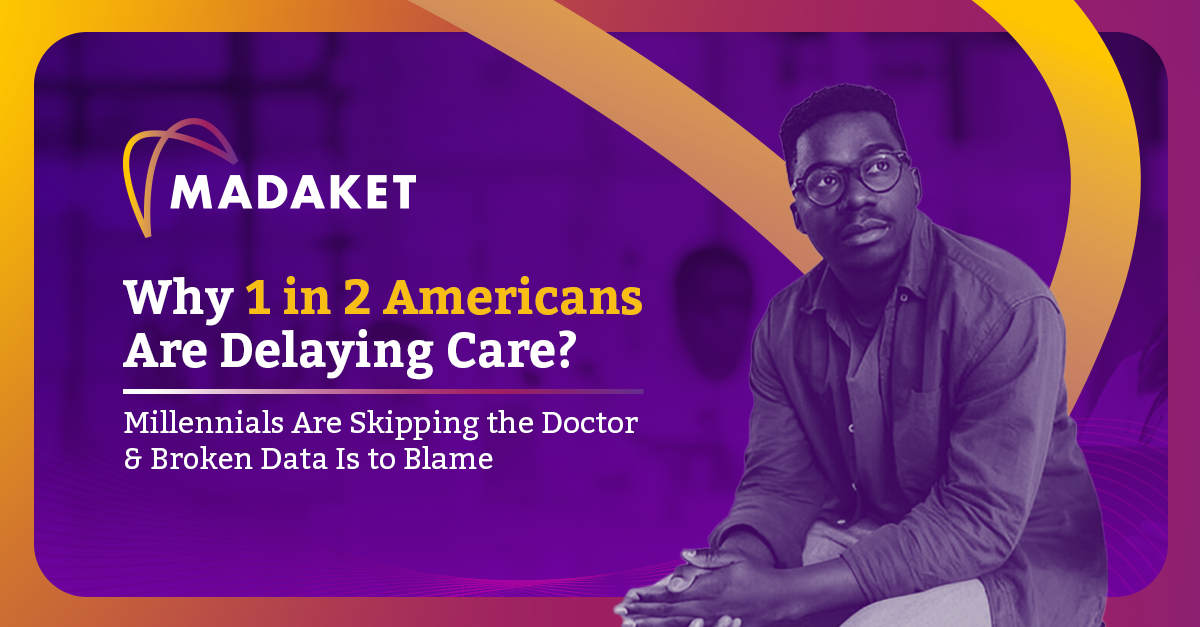Your Definitive Guide to Provider Credentialing and Payer Enrollment
Your Definitive Guide to Provider Credentialing and Payer Enrollment
One of the underlying roots of the healthcare administrative burden is managing provider information.
In particular, the credentialing process proves to be cumbersome, time-consuming, and error-prone for providers and staff who are already stretched thin. Additionally, the payer enrollment step of credentialing is still mostly manual and paper-based, contributing up to $2 billion of administrative waste.
Improving the processes of data-related administrative tasks has the potential to improve patient care and deliver a significant return on investment for providers. The healthcare industry desperately needs more meaningful data coordination powered by a streamlined, seamless process.
The Credentialing and Payer Enrollment Landscape
What is Provider Credentialing?
Credentialing is a multi-step process to assess and verify the qualifications of a licensed or certified healthcare provider. The credentialing process must occur before a payer or healthcare institution begins a relationship with an individual clinician. The Centers for Medicare & Medicaid Services (CMS) and the Joint Commission on Accreditation of Healthcare Organizations both require provider credentialing.
The organization performing the credentialing process utilizes an established series of guidelines to thoroughly examine the healthcare provider’s education, certifications, and medical practice history. Essentially, credentialing is a comprehensive background check to ensure patients receive the highest level of care from a healthcare provider. A standard provider credentialing process comprises the following:
- At least 15 data points from each provider
- Manual, paper-based data exchange between providers and payers
- Approximately 90 to 180 days for the approval process
- Occurs for all new relationships, and then at regular intervals (every 1 to 3 years)

The Importance of Provider Credentialing
While the credentialing process is burdensome, it’s critical to upholding a high-quality of patient care and protecting patients’ safety. Most importantly, credentialing ensures that patients are treated by providers whose qualifications, training, licensure, and ability to practice medicine are up to standard. Also, credentialing clinicians provides a safety net of liability protection for healthcare institutions and payers.
Equally important as the initial credentialing process is re-credentialing. All credentials have an expiration date, which requires providers to repeat the credentialing process every 1 to 3 years. Keeping credentials up-to-date and maintaining accurate provider information helps guarantee a consistent quality of care.
Challenges with Provider Credentialing
Within the past two decades, the credentialing process has become more complex and time-consuming due to the expansion of the provider scope of practice, accrediting bodies, and requirements of third-party payers like Medicare, Medicaid, and private insurers. Additionally, staffing shortages are plaguing the healthcare system and delaying industry improvements. Not to mention, credentialing regulations vary state by state, making it difficult for providers to get credentialed if they move or are licensed to practice medicine in multiple states.
Since the credentialing process is still mainly paper-based, it’s painfully slow, causing information to become outdated much quicker than in a digital environment. When provider data is out-of-date, missing, or incomplete, it can prolong the process by days or weeks and prohibits providers from treating patients. Overall, various issues with the credentialing process cause the healthcare system to lose significant time and money.
Where Does Payer Enrollment Fit In?
Payer enrollment, also called provider enrollment by payers, is a key piece of the credentialing puzzle that needs to be in place before a provider can get reimbursed for medical services. While credentialing is the process to certify a provider’s qualifications to practice medicine, payer enrollment is the process of requesting participation in a health plan network, including commercial payers such as Humana and Aetna and government programs such as Medicare and Medicaid. Unfortunately for providers, there is a lack of consistency around enrollment and each payer has its own rules and requirements for participation.
The Three Steps of Provider Credentialing
- Primary Source Verification (PSV) is a healthcare organization’s process of sourcing information to confirm the legitimacy of an individual clinician. This includes proof of residency and internship completion, undergraduate and graduate transcripts, practice and board certifications, state licensures, practice history, and additional background documentation. There are various methods for conducting PSV, including direct correspondence, documented telephone verification, secure electronic verification from the original source, or reports from CVOs that meet the Joint Commission requirements.
- Privileging is a healthcare institution’s approval and authorization of a new clinician to perform specified medical services. This is akin to making the clinician a new user in the system and granting them the privileges to offer services within specific facilities. Privileging must be completed prior to a provider performing medical services.
- Payer Enrollment corresponds to the direct payer-provider relationship. For a clinician to participate in-network with third-party payers, those payers must perform a verification of the clinician’s identity and experience.
The Downfall of the Payer Enrollment Process
The payer enrollment process must be completed with accurate information before a clinician can bill a payer. While filling out forms may seem like a simple, administrative task, the dissimilar processes used by payers, clearinghouses, and other third parties involved creates many opportunities for error and delayed approvals.

Who’s Responsible for Credentialing?
Both healthcare institutions and payers are expected to perform credentialing. Depending on the size of an organization, they may employ their own credentialing specialist who oversees the process. Often in larger organizations, the Medical Staff Office (MSO) is responsible for the credentialing and privileging of clinicians. However, due to rising healthcare staff shortages and the drawn-out process of administrative tasks, most institutions outsource credentialing. Many organizations rely on Credentials Verification Organizations (CVOs) to conduct primary source verification of provider credentials. Partnering with a CVO can save organizations money and provide peace of mind.
Challenges with Payer Enrollment
The payer enrollment process alone costs payers $2.1 to $2.3 billion each year—a cost that ultimately transfers to providers and patients. Estimates show that a streamlined solution could eliminate up to 75% of related costs. The adoption of a payer enrollment solution that increases efficiency for the providers, payers, clearinghouses, and other third-party vendors can have a meaningful impact on the credentialing process—a net benefit for all parties involved.
Improving the Management of Provider Data
While it may not be obvious, provider data drives the most fundamental processes in the healthcare system. Provider data management, which includes the tasks and processes involved in controlling, managing, and updating information on healthcare providers, is critical, but plagued by inefficiencies. The ability for providers and payers to manage provider data – demographic, professional, and financial – effectively and efficiently is the foundation of a successful provider-payer partnership.
Sound data management processes help to ensure swift credentialing, enrollment, network participation, and payment of providers. When these processes fail, costs escalate. Mismanagement of provider data – often the result of repetitive, manual, error-prone processes – contributes heavily to claims processing errors, adding nearly $17 billion annually in unnecessary healthcare costs.
To learn about Madaket’s all-in-one, automated solution for provider data management, check out the platform.
More ideas and insights.
© 2024 Madaket Health | Privacy Policy | Terms & Conditions


